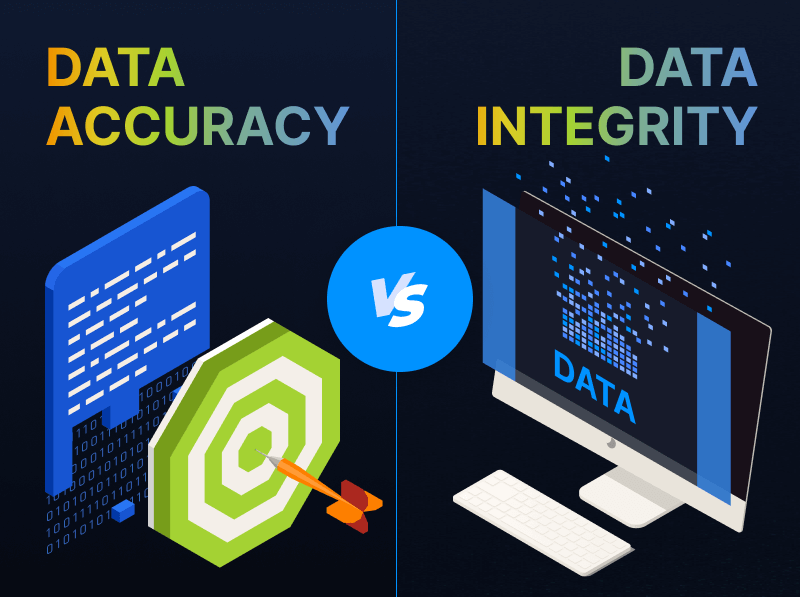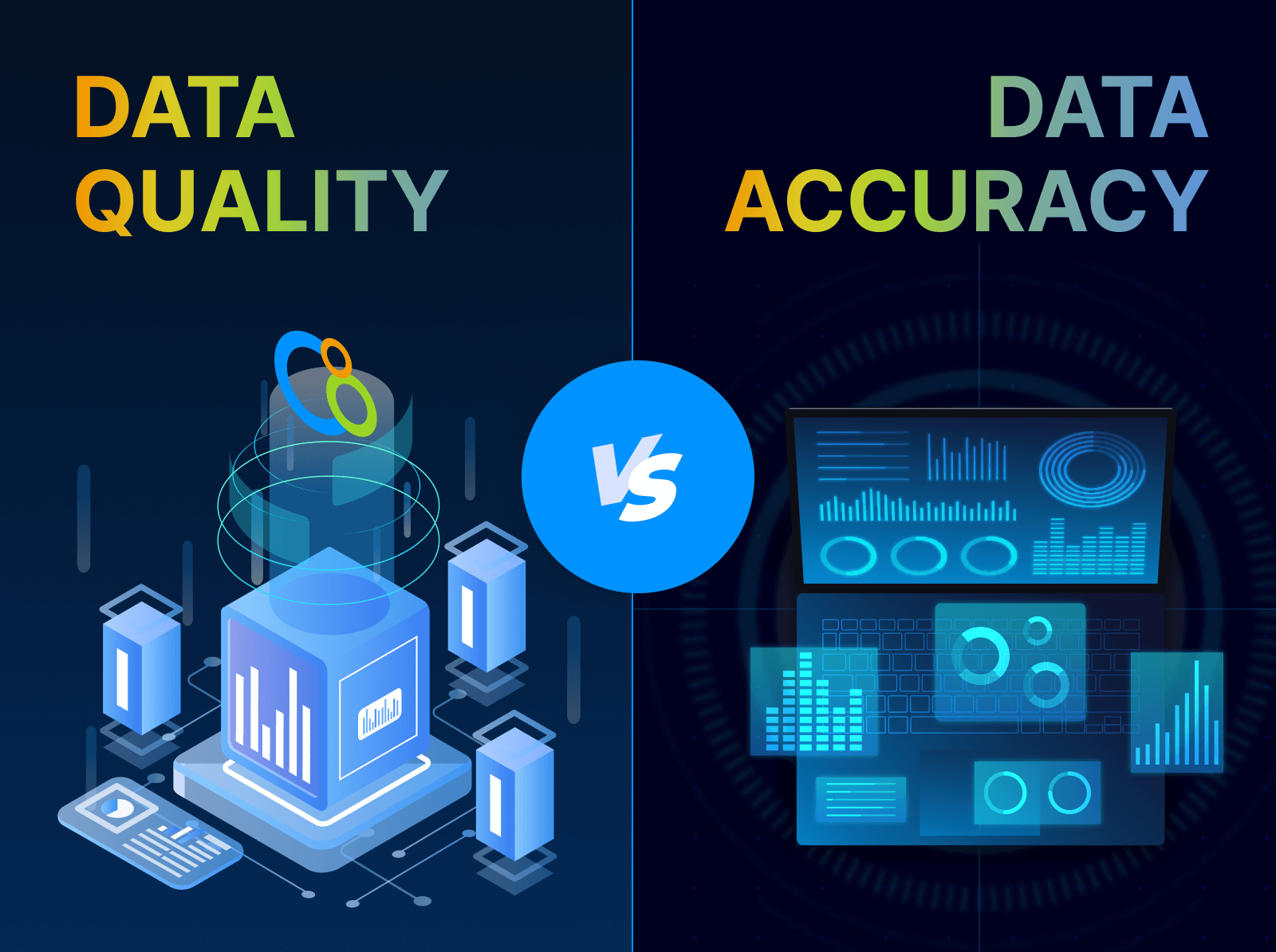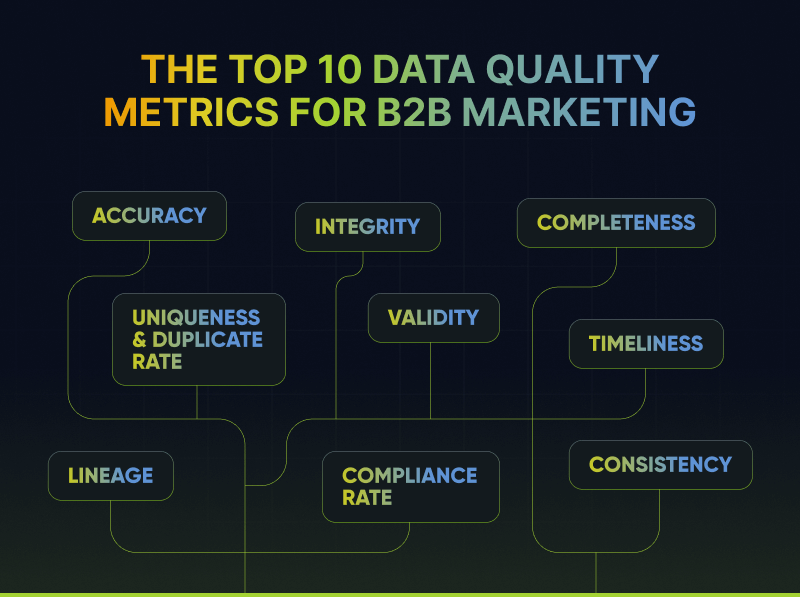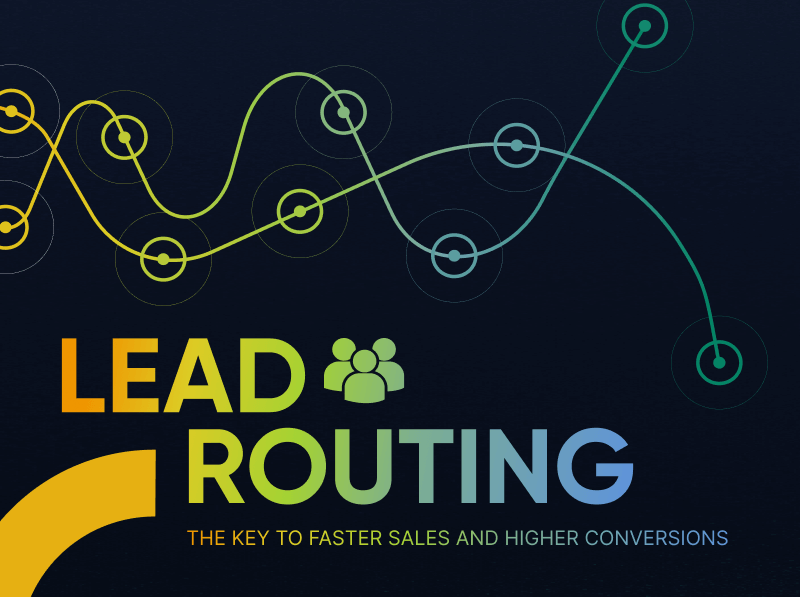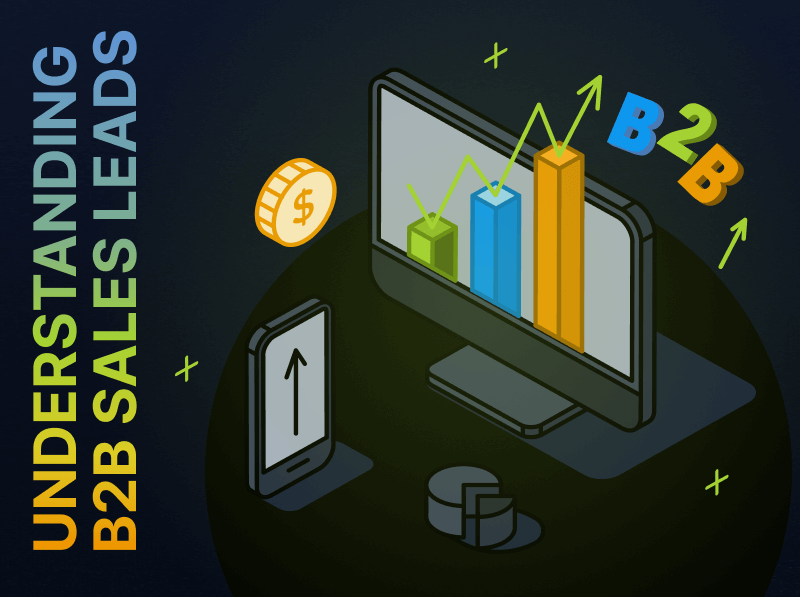Data Accuracy vs. Integrity: Understand the Difference to Preserve the Quality
Fun fact: Before the anesthesia kicks in and you go under for knee surgery, the surgeon will ask you to confirm which knee needs the operation. You point and the surgeon pulls out a marker and writes “YES” directly on your skin over that knee. Why? Because even after a dozen medical professionals confirm the details of your operation in pre-op appointments and even checking in that day, that critical data point—which knee—can still get missed.
The medical community understands the risks of data decay. It’s why they’ve implemented protocols to ensure accuracy and maintain integrity. Wrong-site surgeries happened often enough to justify this as standard protocol. That’s terrifying. A miscommunication or misunderstanding could happen at any point along the life of that data point, even between the time the surgeon confirms it verbally with you and the time they cut, so they take measures to remove the question of the data accuracy and keep the data integrity.
Marketing operations teams need to do the same—because when your lead data is wrong or out of date, you waste budget, underperform campaigns, and put compliance at risk.
What is Data Accuracy?
First, what is “accuracy?” Accuracy is the degree to which something is correct, exact, and free from error. It’s about how closely something reflects reality or the intended standard.
Accuracy isn’t just about getting the data “right.” It’s about ensuring that the symbol (the job title, the email address, the account name) still points to the correct real-world person or entity. In linguistics, this relationship between a sign and what it represents is called a “signifier” (the word) and a “signified” (the object). When the signifier (your lead record) no longer matches the signified (the actual person), you’ve lost accuracy—and eventually, integrity.
So what is data accuracy? “Data accuracy refers to the degree to which data correctly reflects the real-world information it represents,” Rimly Gohain explains. Data accuracy is a representation of fact. For B2B marketers, these are facts about lead information, account profiles, campaign performance, and more. Lead information includes data points like name, employer, address, campaign engagement, etc. For account profiles, this is buying group composition, decision makers, and opportunity history. IBM sums it up: “Data accuracy focuses on the correctness of data values, ensuring that they are free from errors and accurately represent real-world entities.”
Data accuracy is knowing that right now “Pat Smith is the VP of Marketing at Acme Co.”
What is Data Integrity?
“Data integrity refers to the consistency, reliability, and trustworthiness of data throughout its lifecycle.” That consistency and reliability can be impacted by many things, namely changes that occur over time with what the data represents, technical modifications, or modifications by a human data handler.
Integrity means the record about Pat Smith is still accurate three months later.
If Pat leaves her position and the record hasn’t been updated, that data is inaccurate and your data has lost integrity. If Pat has changed jobs and the record has been updated with the new details, it is accurate and data integrity has been maintained.
In addition to the time component of a data lifecycle, “Data integrity is concerned with maintaining the validity and coherence of the data across different systems, databases, and processes.” Data can be modified by technical interference as it moves from one platform to the next.
Finally, integrity can be impacted by human modification. If someone who is managing or handling the data makes inaccurate updates or introduces errors, that will impact the accuracy of that record and therefore the general integrity of the data set.
Two Sides of the Same Coin: How Are Data Accuracy and Data Integrity Similar?
Data accuracy and data integrity fall under the umbrella of data quality. Both aim to ensure your data is trustworthy, reliable, and useful for decision-making. But they play different roles in how your business functions and scales. For marketing operations professionals, knowing the difference helps you take the correct actions in maintaining accuracy and integrity.
What’s the Difference?
Let’s use some metaphors: media, construction, and business financial reporting.
Media metaphor
- Data accuracy is like a snapshot. It answers the question: Is this data correct right now? It reflects a specific moment in time, capturing a static fact that can be verified immediately—like the label “left knee” before surgery. Without this point-in-time clarity, even a perfectly coordinated process can go off course.
- Data integrity is like a movie. It asks: Has this data remained consistent, uncorrupted, and trustworthy over time? Like a narrative unfolding frame by frame, data integrity reflects the continuity and coherence of facts across time and platforms.
Construction Metaphor
- Data accuracy is the building blocks, the bricks. The bricks have been quality controlled as they leave the fabrication facility. They are accurate when they start.
- Data integrity is a measure of the soundness of the whole structure as measured by the continued fitness of all the bricks over time.
The individual data points are the building blocks. Before construction, these blocks go through numerous inspections to ensure there are no flaws. However, the bricks could have been damaged during construction, and over time, the elements will pound on the building, as people use the building—slamming doors, running equipment, or simply through wear and tear. When the individual blocks become damaged, the integrity of the building is reduced.
Financial reporting metaphor
- Data accuracy is like a balance sheet: a snapshot of your assets at a point in time.
- Data integrity is like a profit and loss statement: showing change and consistency over time.
Two Key Variables: Time and Granularity
Taken together, the three metaphors (media, construction, and financial reporting) highlight two key dimensions that distinguish data accuracy from data integrity: time and granularity.
Time shows us that accuracy is a point-in-time validation, while integrity is about consistency over time. A snapshot can be correct today but lose meaning if it isn’t updated as circumstances change. Integrity accounts for that change.
Granularity reminds us that accuracy is concerned with individual data points (a single brick, one entry on a balance sheet, or a frame of film), while integrity assesses whether the full structure—the campaign database, customer file, or performance report—remains coherent, valid, and reliable as a whole.
So when evaluating your marketing data, don’t just ask: “Is this record correct?” Ask also: “Is this system still sound?” The answer depends on both the moment and the movement, the detail and the big picture.
What is Data Decay?
Data decay refers to the gradual degradation of data quality over time. In marketing, it means that once-accurate lead or contact information becomes outdated or unusable due to natural changes like:
- Job changes (title, role, employer)
- Company mergers, acquisitions, or closures
- Email address or phone number changes
- Shifting opt-in or privacy preferences
- Reorganization of buying groups or departments
Integrate research indicates that up to 30% of B2B data becomes invalid each year. That’s why marketers must regularly audit and refresh their databases to avoid misfires in targeting, lost revenue opportunities, and compliance risks.
As a result, data decay is not just a nuisance—it’s a serious operational risk. It erodes trust in your systems, undermines decision-making, and places a heavier burden on marketing operations to compensate for inconsistencies. Recognizing how accuracy and integrity break down over time is the first step in preventing that decay. With the right processes in place, data doesn’t just stay accurate—it stays actionable, relevant, and aligned with the truth of your customers and campaigns.
Why It Matters for Marketing Ops
Understanding the differences between data accuracy and data integrity is more than a semantic exercise—it’s a practical necessity for marketing operations. The metaphors of media, construction, and financial reporting show that two factors—time and granularity—define the way we apply these concepts.
- Time reveals that accuracy is temporal: it tells us whether a piece of data is correct at a single moment. Integrity, on the other hand, tracks how well that data holds up over time as conditions change.
- Granularity shows that accuracy is about details—individual entries, like a phone number or job title—whereas integrity is a measure of the health of the entire data ecosystem, such as whether all records in a CRM remain consistent, usable, and governed across systems.
This matters because marketing operations teams rely on both snapshots and storylines: we need accurate lead details and dependable lifecycle data to personalize messaging, route leads, and measure performance. If either element fails, the entire system suffers—from targeting to attribution.
Without accurate and well-maintained data:
- Campaigns underperform
- Sales teams get frustrated
- Personalization flops
- Compliance risk skyrockets
Your entire demand engine runs on trust. And that trust is built on clean, current, and governed data, verified in the moment and resilient over time.
Best Practices to Maintain Accuracy and Preserve Integrity
Understanding accuracy and integrity makes it easier to build effective practices for maintaining both. Maintaining data quality isn’t just a checkbox exercise; it requires consistent discipline, automation, and strategy.
To Maintain Accuracy:
- Validate at the point of entry: Enforce required fields and correct formatting as leads are ingested to catch errors early.
- Automate format checks: Use tools to automatically flag invalid email addresses, phone numbers, or improperly structured entries.
- Implement ongoing data cleansing: Regularly review, standardize, and correct records to ensure all fields remain accurate and usable.
- Suppress duplicates: Implement rules and logic to detect and merge duplicate records, maintaining a clean and singular view of each lead.
- Verify with third-party data: Enrich records with trusted external sources to confirm accuracy and fill in missing details.
To Maintain Integrity:
- Schedule regular audits: Periodically review and cleanse your database to remove outdated records and catch decay before it spreads.
- Monitor changes over time: Set up systems to flag role changes, domain shifts, or opt-out status updates, preserving the reliability of each record.
- Track data lineage: Maintain an audit trail of where your data came from and how it’s been modified to support compliance and traceability.
- Use lifecycle governance: Define rules for how long to retain, refresh, or reject records based on age, source, and marketing consent.
Just like in surgery, where every step is taken to confirm the accuracy and preserve the integrity of critical data before making a single incision, marketers must take deliberate action to protect the quality of their lead and account data. Maintaining both accuracy and integrity means confirming the right details at the right moment—and ensuring those details hold true as they pass through systems, teams, and time. When you approach data with that same level of rigor, your marketing outcomes become more reliable, your operations more efficient, and your strategies more impactful.
Platforms like Integrate automate many of these steps through validation, transformation, and compliance workflows—allowing marketing operations teams to maintain accuracy and protect integrity at scale. When your lead data is clean, current, and compliant, every campaign becomes more efficient, effective, and measurable.
Sources:
https://www.ibm.com/think/topics/data-accuracy-vs-data-integrity
https://www.linkedin.com/pulse/data-accuracy-vs-integrity-understanding-differences-rimly-gohain/
https://www.integrate.com/reports/the-data-cleansing-dilemma
